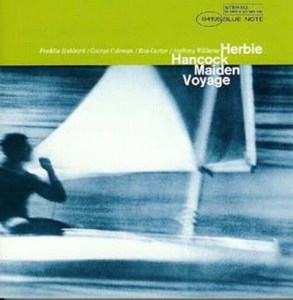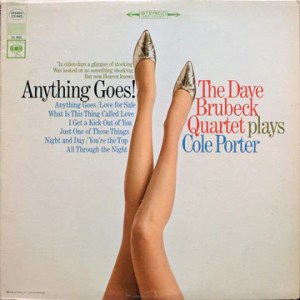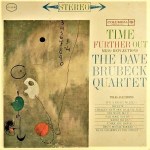Contemporary Jazz Records Available Now
Reviews and Commentaries for Contemporary Jazz
- Previn’s stellar piano trio finally returns to the site with jazzy interpretations of the best songs from West Side Story, with STUNNING Shootout Winning Triple Plus (A+++) sound throughout
- You win shootouts with this kind of All Tube Analog sound – warm, natural, lively and clear, with solid support down low, a nicely extended top and a huge three-dimensional soundfield
- We had pressings on the black label, on the green label, and on the yellow label, and the person who ends up with this fantastic copy will know for sure which label sounds best, because he will be the owner of the best sounding copy
- Andre Previn and his friends take eight classic tunes from West Side Story – it would be hard to imagine having better material to work with in a jazz setting
- 4 stars: “The last of a series of showtune albums recorded by the trio finds the all-star group focusing on the music of West Side Story… As usual, the melodies are treated respectfully yet swingingly, and Andre Previn in particular excels in this setting. Recommended.”
One of Previn’s best piano trio records, this album was recorded in 1959 by Roy DuNann while at the height of his engineering powers.
The two Must Owns from his many sessions at Contemporary are this album and Bells Are Ringing. We are not aware of any of his jazz piano albums on other labels being much better than passable and most are not worth picking up at any price. Believe me, we’ve tried. The one exception I can think of is Four to Go on Columbia. It’s pretty good. Not in the same league as his Contemporary recordings by a long shot, but better than most of his output from the ’60s.
For both the albums mentioned above the Black Label originals in stereo are the best way to go, but finding them in clean audiophile playing condition is no walk in the park, which is the main reason it takes us about four years to do a shootout for either title.
The Piano Is Key
On the best copies of the album, the sound of the piano is solid, full-bodied, with both weight and warmth, just like the real thing. The copies of the album with a piano that sounded lean or hard always ended up having problems with the other instruments as well. (This should not be surprising; the piano was designed to be the single instrument most capable of reproducing the sound of an entire orchestra.)









